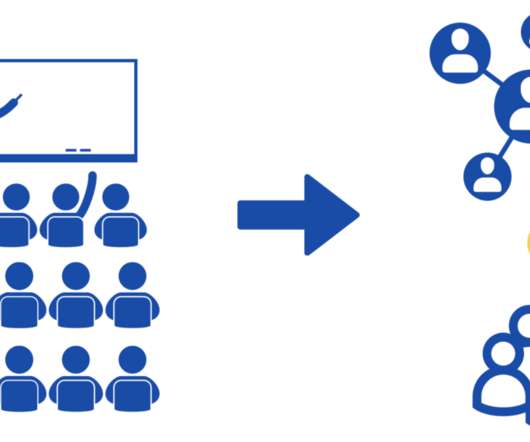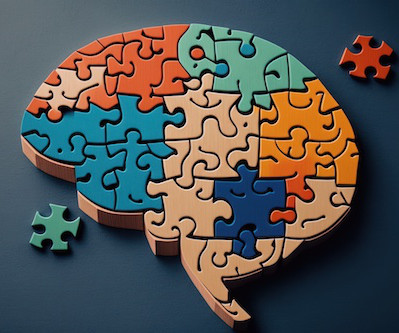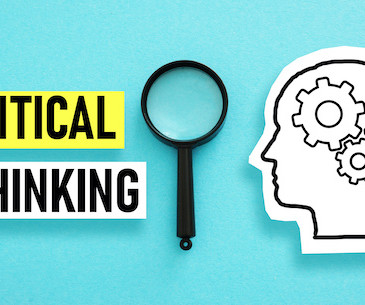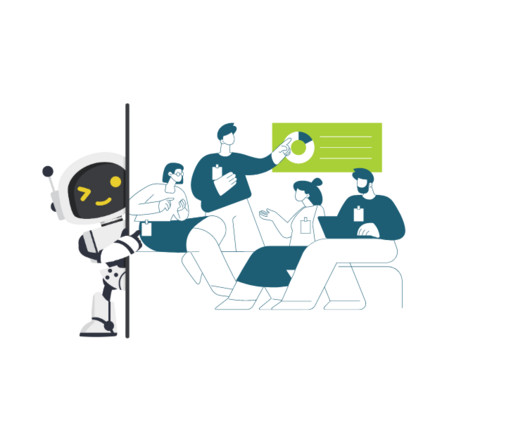Shifting from Time-consuming Teacher-led Workflows to Sustainable Student-led Workflows
Catlin Tucker
JANUARY 10, 2022
Workflow Shift #1 From Transfer of Information to Student Discovery Workflow Shift #2 From Whole Group Teacher-led to Small-group Student-led Discussion Workflow Shift #3 From Reading as Solitary Endeavor to Reading for Connection Workflow Shift #4 From an Audience of One to an Authentic Audience Workflow Shift #5 From Teacher Created to Student-Generated (..)




















Let's personalize your content